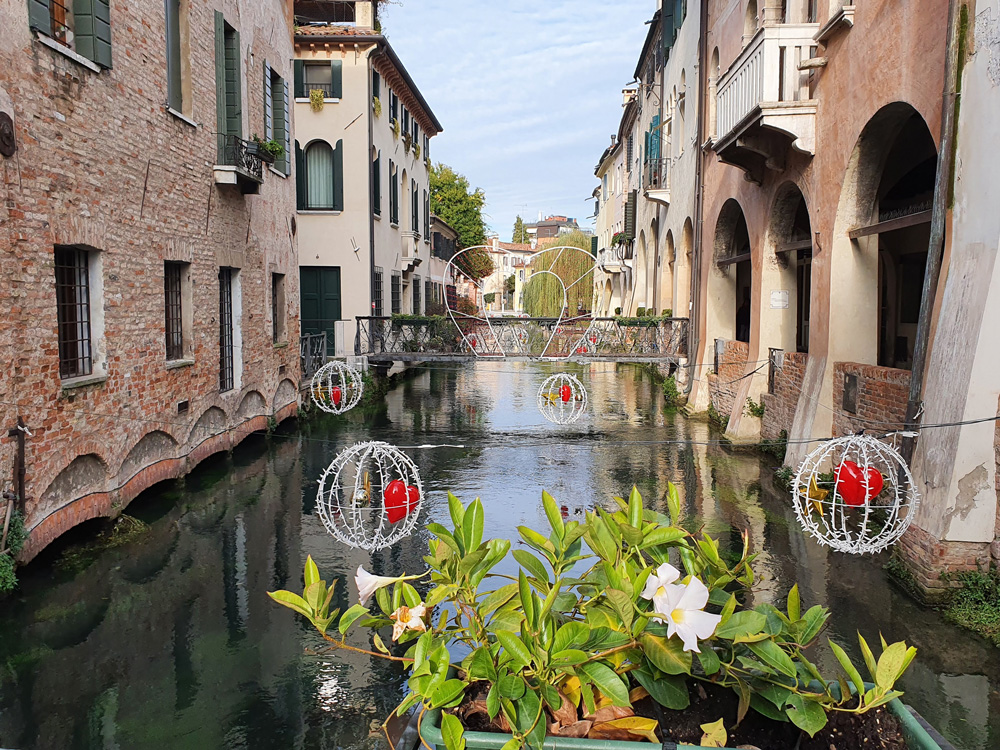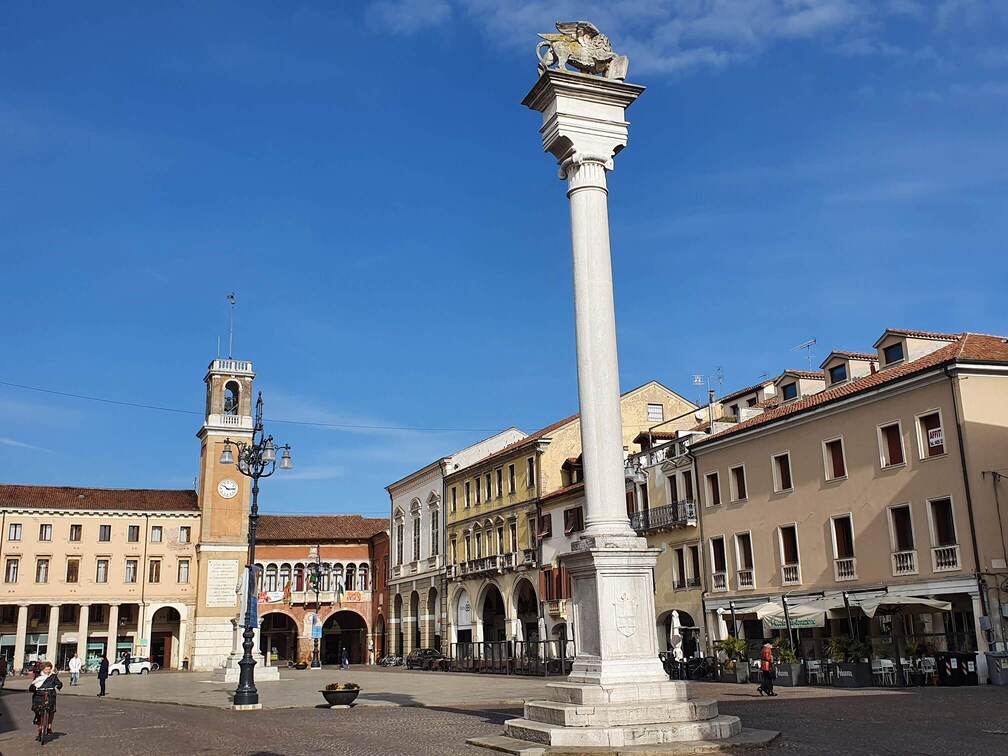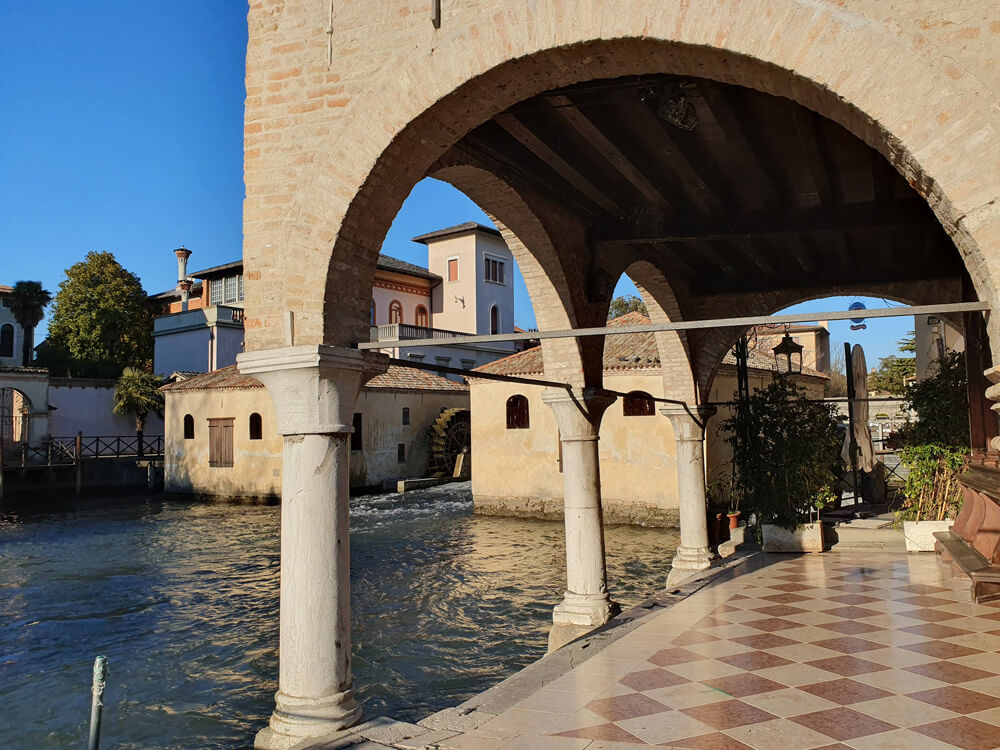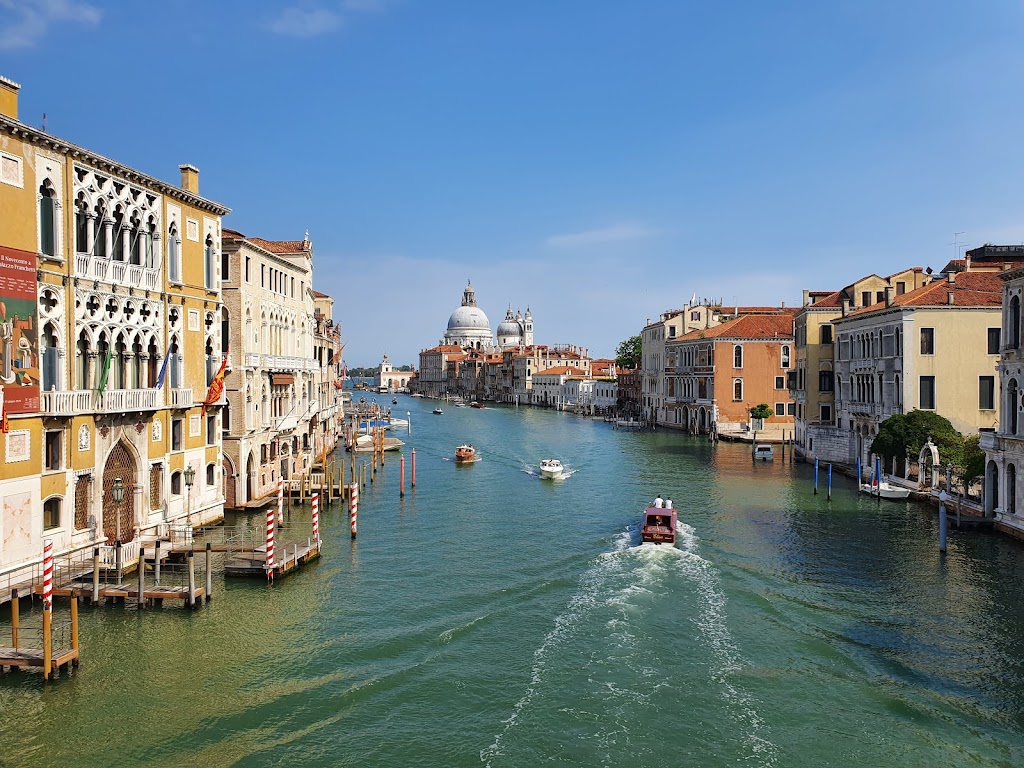Thanks to Venice, its most fabulous jewel, the Veneto is one of Italy’s most glamorous regions as well as being among the country’s most popular tourist destinations. But there’s a lot more to the region: art cities, mountains, wine, castles, beaches, lagoons and elegant historic villas.
About the Veneto
The Veneto region (pronounced with the stress on the first syllable) is located in the north-east of Italy, along the Adriatic Sea. It’s bordered by the regions of Friuli Venezia Giulia, Trentino – Alto Adige, Emilia Romagna, Lombardy and a small stretch of Austria in the far north. Although most travellers head straight to tourist honeypot Venice, the region also contains other popular tourist destinations, such as Verona, Padua, Vicenza, Lake Garda and the ski resort of Cortina d’Ampezzo. There are also many attractive towns and landscapes which are less well-known but can combine to create an enjoyable and interesting holiday.
The regional capital is Venice (Venezia), and the region is divided into the provinces of Venezia, Padova, Verona, Vicenza, Belluno, Rovigo and Treviso. Around four and a half million inhabitants are spread between the cities, plains, lagoon, hills and mountains.
For long stretches of its history, much of the Veneto was under the control of the rich and powerful Venetian Republic, and you’ll see the city’s emblem, the winged lion of St. Mark, all around the region.
Veneto travel
The Veneto is a short flight from the UK, and is well-served with budget flights to several different airports. Ryanair fly to Treviso Airport, while Easyjet and other UK airlines land at Venice Marco Polo Airport. Verona has its own airport too.
Trains connect the major towns in the area, and there are also bus connections between towns and villages. A hire car would be useful if you’re exploring smaller places, but is of no use at all in Venice, where public boats will take you around the city and lagoon.

What to see in the Veneto
Verona, with its Roman ruins and questionable Shakespeare connections, is a lovely town to wander around, and merits several days of exploration and enjoyment. Also delightful to discover is the rather humbler Treviso, a quiet and prosperous town near Venice with picturesque canals of its own.
Padua is an attractive and interesting town with a rich history, impressive architecture and art – particularly Giotto’s frescoes – which is a must for the art historian.
Venice and its lagoon offer unmissable sightseeing experiences, and once you’re tired of crowded bridges and canals there are plenty of interesting excursions around the lagoon to quieter destinations such as the fishing port of Chioggia and the abandoned island of Torcello.
The wealthy city-dwellers of the Veneto became obsessed with erecting elegant villas in the countryside, and employed the finest architects to design these rural palaces. Andrea Palladio was the most famous, and the Palladian villas of the region are, after the canals of Venice, one of the Veneto’s most renowned images. The town of Vicenza is the place to visit to see more of his work, while a trip down the Brenta Canal passes his famous villa La Malcontenta, and scores of other summer homes of the Venetian aristocracy.

Off-the-beaten-track destinations in the Veneto (for tourism, at least) including provincial capital Rovigo, which has two fine squares and an excellent archaeology museum and small art gallery among its charms. I’ve been charmed by the picturesque waterside scenery of Portogruaro, in the north-eastern Veneto and by the 11th-century bapistery in its neighbouring town Concordia Sagittaria. I always enjoy a day out in charming Conegliano, birthplace of the Renaissance artist Cima da Conegliano, while dream-like Asolo is simply one of the best places I’ve ever visited in Italy; a romantic historic gem.
At the foot of this page in my regional Veneto menu you’ll find links to all these destinations and more, so that you can browse to plan your ideal itinerary.

What to do
Culture-lovers will want to attend the famous outdoors opera season in Verona’s Roman arena, and will be spoiled for choice with the region’s collection of art galleries and fine architecture. Wine-lovers will find several good local wines, including the sparkling Prosecco which can be sampled in vineyards along the so called ‘Ring of Prosecco’.
The Dolomites offer resorts for winter skiing and are also popular destinations for summer activities like mountaineering, walking and cycling. The Veneto’s principal mountain resort is Cortina d’Ampezzo. Fans of water-sports will head for the Adriatic or for Lake Garda, while more sedate boating experiences can be enjoyed on the Venetian lagoon, gliding up the Brenta Canal towards Padua, or criss-crossing Lake Garda. Swimming and sunbathing are best enjoyed along the Adriatic, where popular (if not beautiful) resorts include Lido di Jesolo and Venice’s Lido. Even more relaxing are the inland spa resorts of Abano Terme and Montegrotto Terme, famous for their thermal springs.
If you’re keen on wildlife or birdwatching, the Venetian lagoon, the Po delta and the region’s mountainous areas offer rich habitats with plenty to study. There are several national parks and wildlife reserves which can be visited.
Useful external links
Valdobbiadene Anello del Prosecco
Veneto destinations
- Veneto region
- Abano Terme
- Asolo
- Bassano del Grappa
- Brenta Canal
- Caorle
- Castelfranco Veneto
- Chioggia
- Cittadella
- Concordia Sagittaria
- Conegliano
- Cortina d’Ampezzo
- Lido di Jesolo
- Malcesine
- Marostica
- Monselice
- Montegrotto Terme
- Padua
- Portogruaro
- Rovigo
- Sottomarina
- Treviso
- Venetian Lagoon
- Venice
- Verona
- Vicenza
- Veneto art & architecture itinerary
- Veneto villas – Vicenza: La Rotonda & Villa Valmarana ai Nani
- Veneto villas – Villa Pisani & Villa Foscarini Rossi, Strà
- Venice Airport
- Treviso Airport
